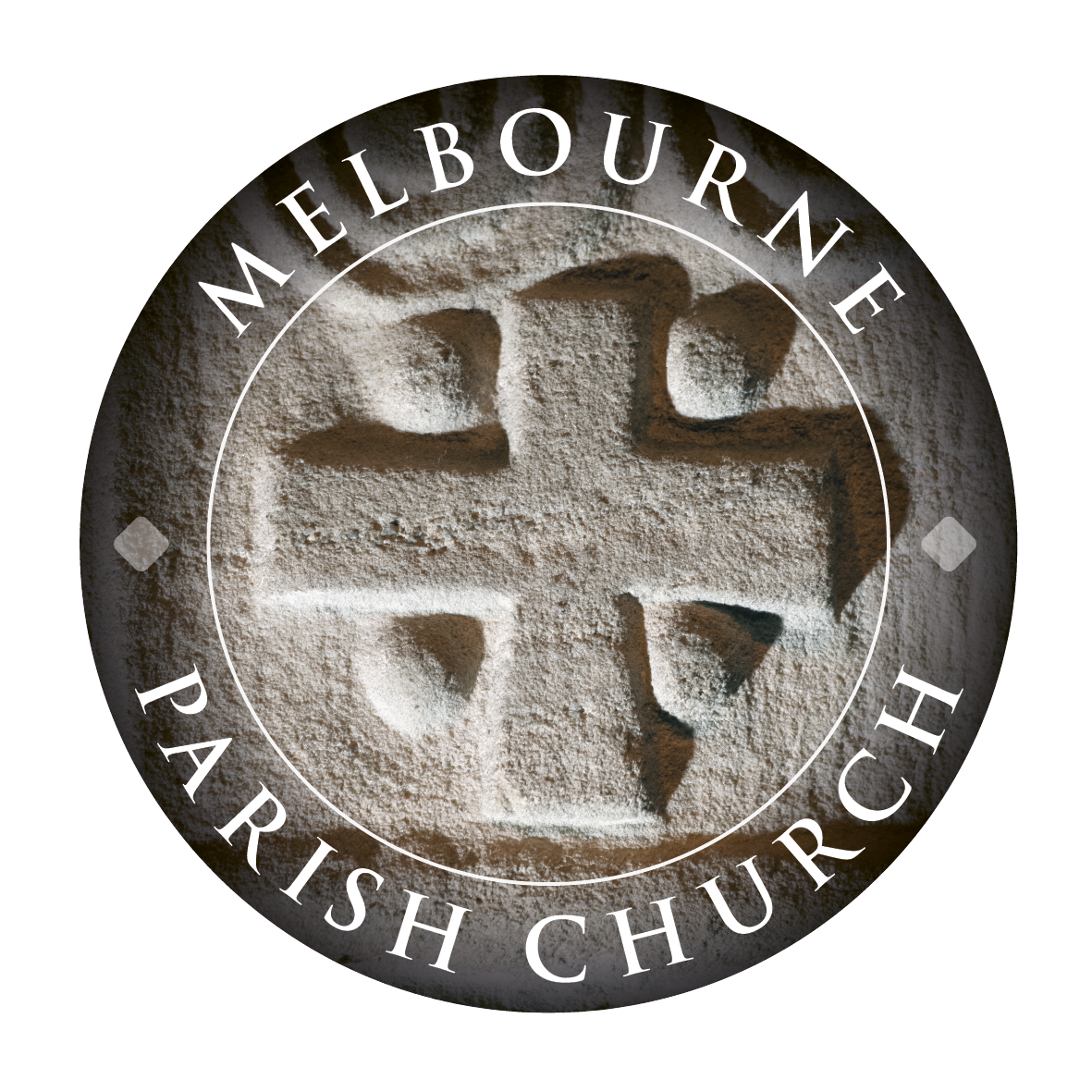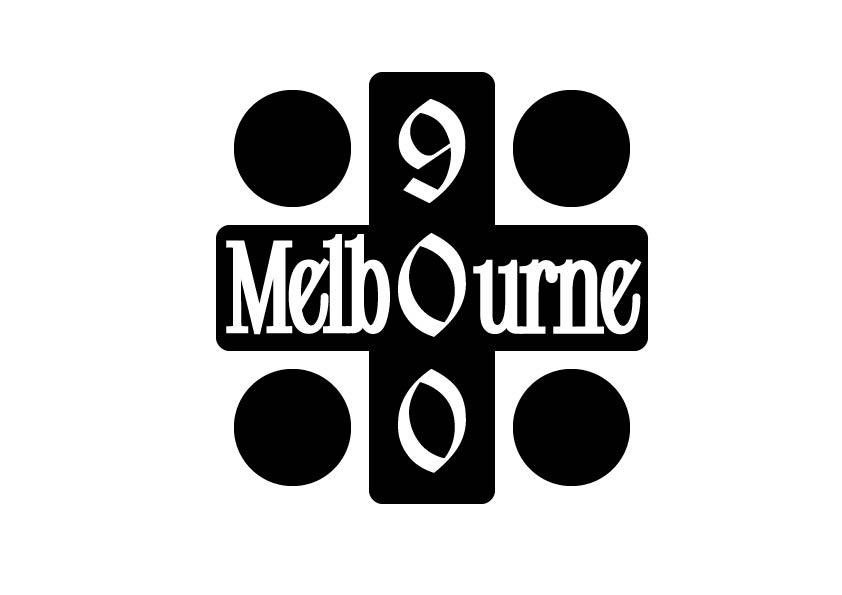Melbourne 900
Throughout 2025, we are celebrating the 900th anniversary of this magnificent building:
The Melbourne Parish Church
Events, Talks & Concerts in 2025
Updated regularly - please keep an eye on this page and follow us on Facebook
Our 900-Year Timeline
As part of the celebrations for the 900th anniversary of Melbourne Parish Church we have begun a digital timeline. What you see here is just a beginning. Over time we will populate the timeline with more information, stories and images of the church over the centuries.
We welcome comments and contributions.
If you have something to contribute please contact the Melbourne Parish Church Archivist, Kevin Crisp by email (mpc.archivist@gmail.com)
We have produced some souvenirs to mark the 900th anniversary. View the list here
The 900 Golden Brew
The Spirit Vaults, just opposite the church on the other side of Church Street, has brewed a special ale to mark the anniversary – a smooth, golden brew made using local hops.
The beer is available in bottles from Melbourne Parish Church (contact our Parish office on melbourneparishchurch@gmail.com) and from The Spirit Vaults. Also available in draft from the Spirit Vaults itself.
A proportion of all sales will go towards funding the 900-year celebrations.


